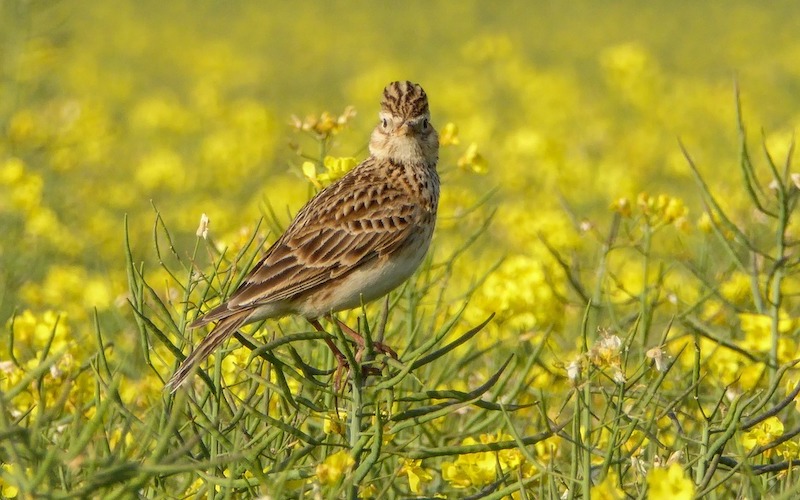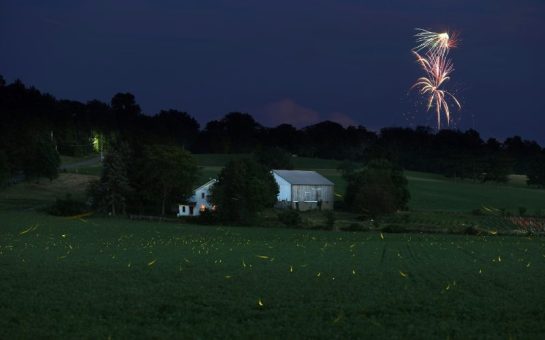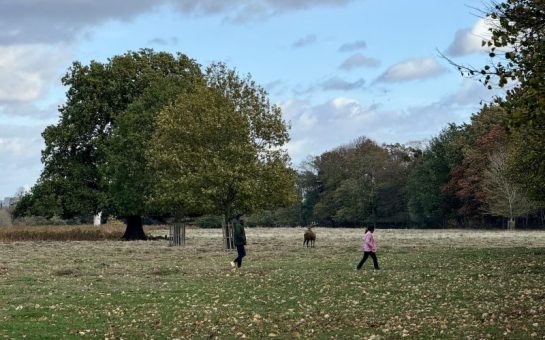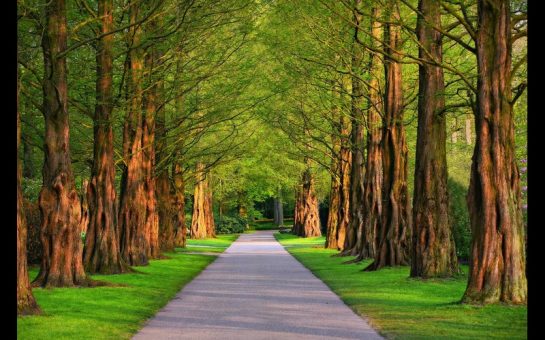By Jonathan Rose
March 24 2020, 14.00
Follow @SW_Londoner
Skylarks nesting on the ground in London’s Royal Parks are under threat from dog-walkers who let their dogs off the lead during the nesting season (March-September).
While Richmond, Bushy and Greenwich Royal Parks have closed to traffic, the parks are still open to walkers, runners and cyclists for their one form of exercise a day as long as they abide by the two-metre apart rule.
The skylark is a ground-nesting bird vulnerable to predation and numbers have dropped in Britain by 61% in the last 40 years.

To reduce the impacts on the ground-nesting skylark, the Royal Parks Police are educating visitors with dogs to keep them on a short lead and to stay on the paths.
A post on their Twitter feed said: “You may think a dog off its lead is a minor offence, but it can have huge implications for the skylarks.”
You may think a dog off it’s lead is a minor offence, but it can have huge implications for the Skylarks! Richmond Park officers have been educating people in order to protect Skylarks for the next generation to enjoy #richmondpark #wildlifematters #keepyourdogonalead pic.twitter.com/GqTZp2xRqD
— Royal Parks Police (@MPSRoyal_Parks) March 9, 2020
This applies to Lawn Field and Crown Field in Richmond Park and Hare Warren (to the north of the Royal Paddocks) in Bushy Park.
Peter Lawrence, head of ecology at The Royal Parks, said: “Over the last 30 years skylark populations have plummeted across the UK and they are currently on the red list for birds of conservation concern.
“Renowned for their song-flights, these birds nest on the ground laying three to four eggs.
“We have identified fields in Bushy and Richmond Parks that skylarks like to nest in, and to help protect the population, visitors must keep their dogs on short leads in these areas. ”
As the conservation charity for Richmond Park, the Friends appreciates that the Park management are trying to educate park visitors – and especially those with dogs – to be careful around the skylark nesting areas with many signs.
Nigel Jackman of the Bird Group for Richmond Park recently issued a detailed bird report in which he said: “Now the only exclusively ground-nesting species left breeding in grassland in the Park, the park’s skylarks are a significant population in the Greater London area.”
Photo credit: The Royal Parks




